Five Kingdom Classification
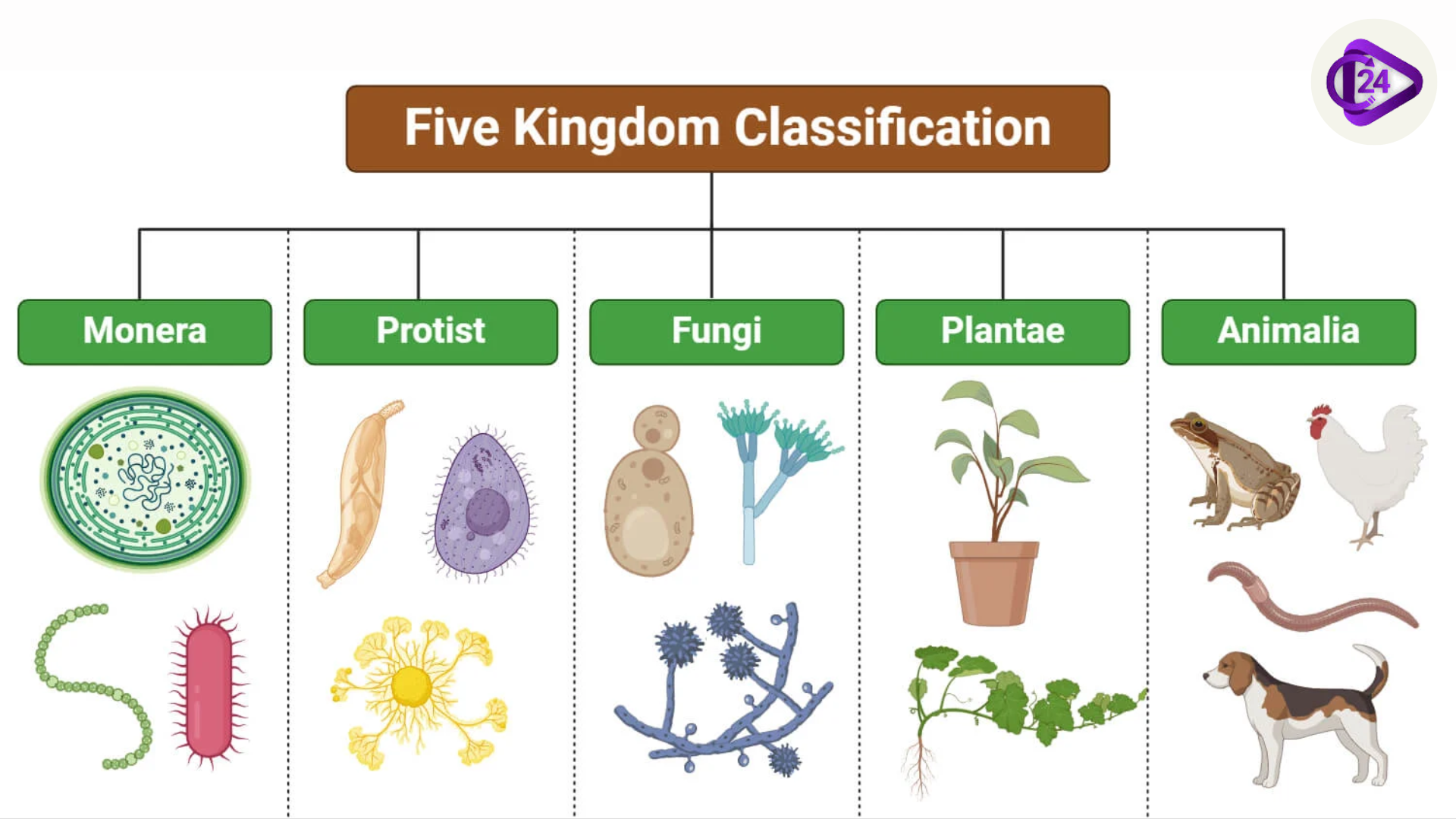
Introduction
The organisms were conventionally divided into the two categories of plants and animals before the five kingdoms classification system which was suggested by Linnaeus. Nevertheless, this was a simplistic way of describing the variety of life on the planet.
As single-celled organisms were discovered, they were divided into plants and animals: mobile ones were classified as Protozoa, with the algae and bacteria being classified as part of the plant division Thallophyta or Protophyta. Ernst Haeckel, in turn, in 1866 suggested a third kingdom Protista, because a more comprehensive system of classification was necessary.
In 1937 Chatton proposed an unprecedented subdivision of two empires Eukaryota and Prokaryota, according to whether or not a nucleus was present. The prokaryotes do not have a nucleus or membrane-enclosed organelles whereas the eukaryotes do, and therefore, they can have specialised cellular functions. The idea presented by Chatton was initially viewed sceptically, but gradually became accepted, particularly following the promotion of the idea by Stanier and van Niel in 1962.
At the same time, a separate kingdom of the prokaryotes was proposed in 1938 by Herbert Copeland, which would later be developed into a four-kingdom system. But the two-empire system came to be increasingly acceptable and offered a firmer insight into the most fundamental divisions in the living world.
Five Kingdom Classification
1. Kingdom Monera
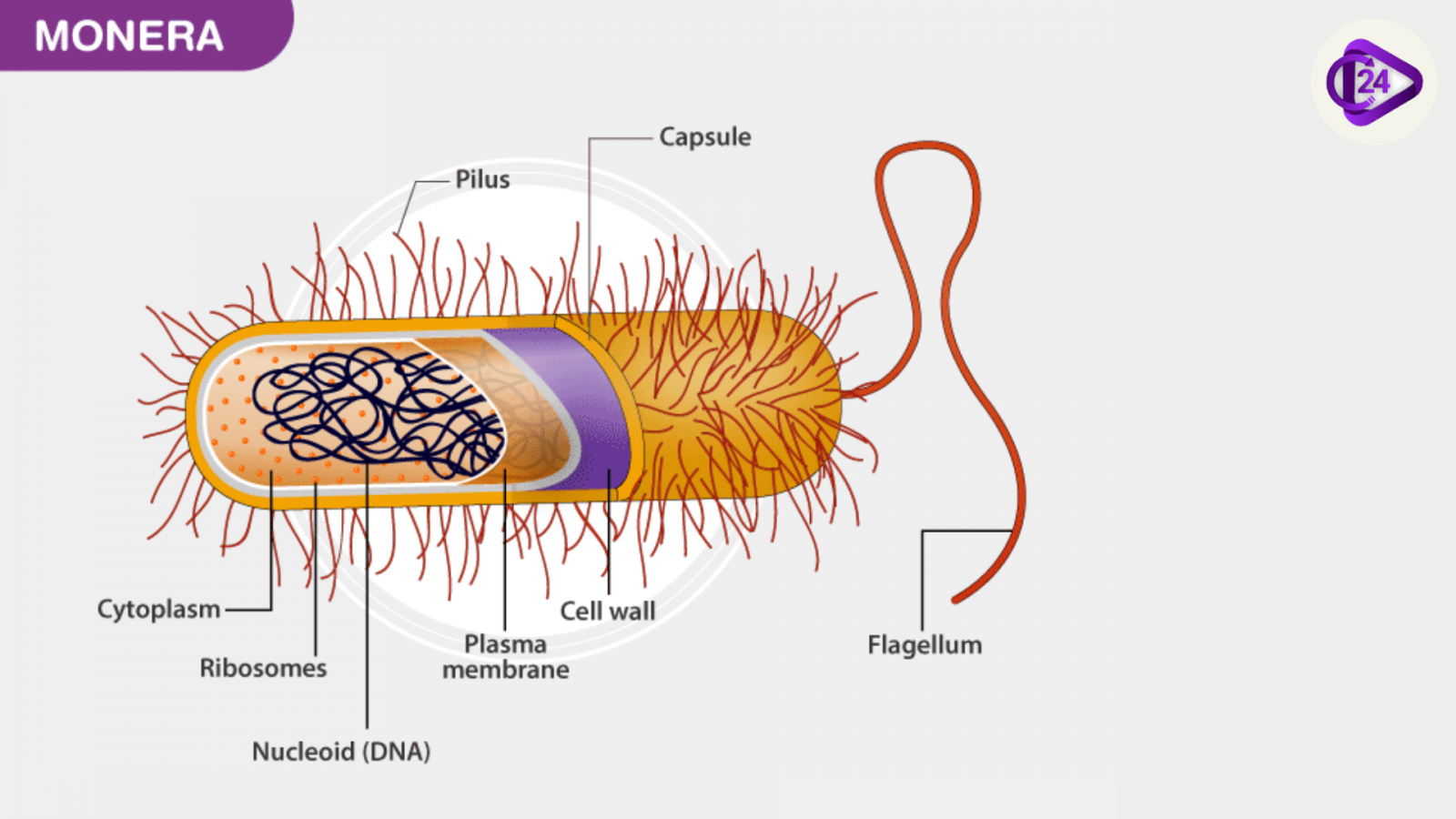
Bacteria are the sole members of the Kingdom Monera. They are the most abundant organisms. Bacteria occur almost everywhere. They also live in extreme environments such as hot springs, deserts, snow, and deep oceans, where very few other organisms can survive. Many of them live in or on other organisms as parasites.
Bacteria are grouped under four categories based on their shape: the spherical Coccus, the rod-shaped Bacillus,the comma-shaped Vibrio and the spiral-shaped Spirillum.
Features of Monerans
They possess the following important features:
- Bacteria occur everywhere and they are microscopic in nature.
- They possess a cell wall and are prokaryotic.
- The cell wall is formed of amino acids and polysaccharides.
- Bacteria can be heterotrophic and autotrophic.
- The heterotrophic bacteria can be parasitic or saprophytic. The autotrophic bacteria can be chemosynthetic or photosynthetic.
2. kingdom Protista
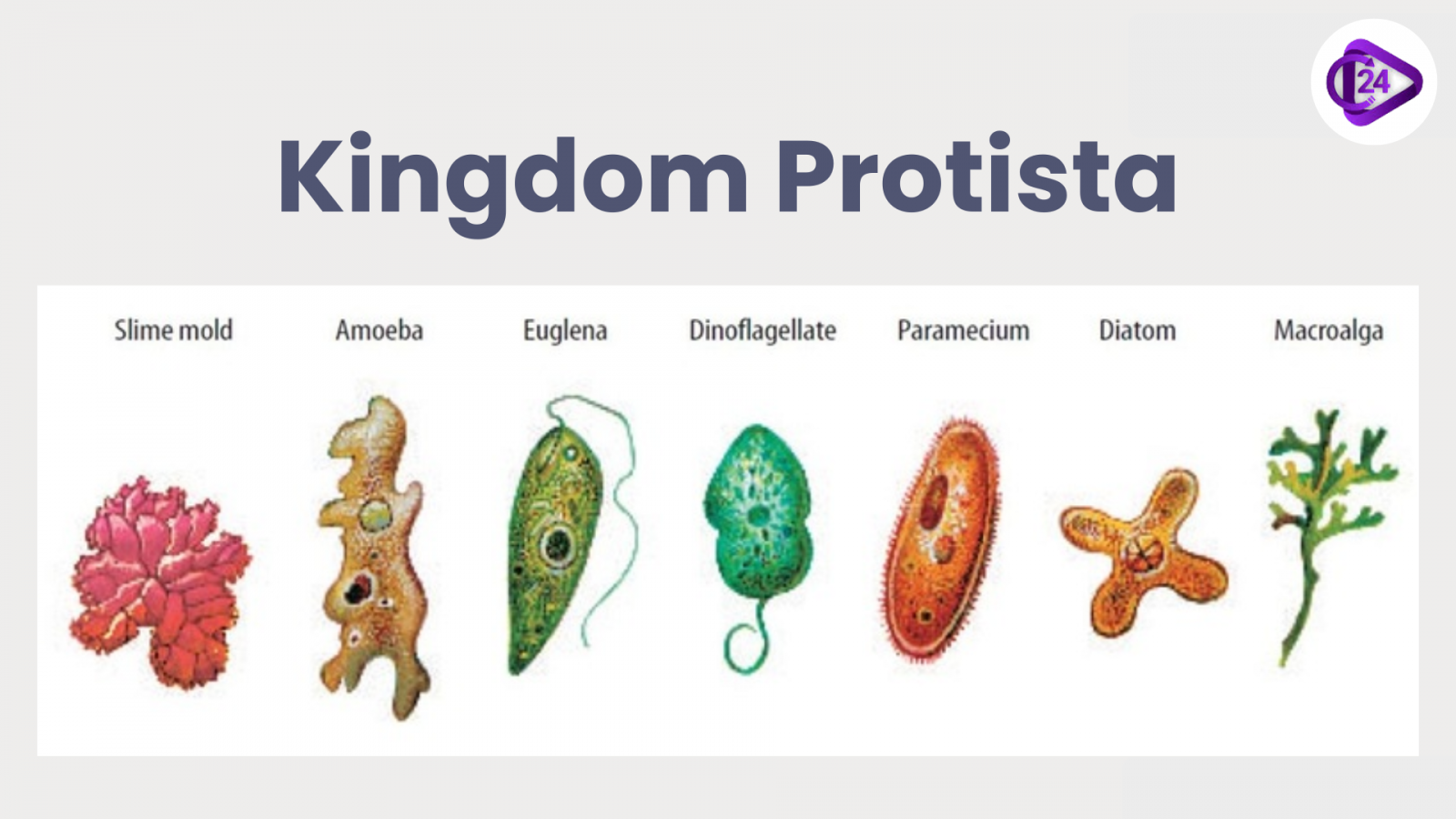
The kingdom Protista is a group of organisms that are unicellular eukaryotes i.e. all unicellular eukaryotes are placed in kingdom protista, but the boundaries of this kingdom are not well defined.
Features of Protista
Protista has the following important features:
- They are unicellular and eukaryotic organisms.
- Some of them have cilia or flagella for mobility.
- Sexual reproduction is by a process of cell fusion and zygote formation.
3. Kingdom Fungi
The kingdom "Fungi" refers to a diverse group of multicellular, non-photosynthetic organisms that feed on organic matter. Their cell walls contain chitin, which distinguishes them from plants, which contain cellulose. Fungi reproduce by spores, and most species thrive in moist, mildly acidic environments.
Features of Kingdom Fungi
-
The fungi are filamentous, excluding yeast (single-celled).
-
Their figure comprises slender, long, thread-like constructions called hyphae. The web of hyphae is called mycelium.
-
Some of the hyphae are unbroken tubes, which are jam-packed with multinucleated cytoplasm. Such hyphae are labelled Coenocytic hyphae.
-
The other type of hyphae has cross-walls or septae.
-
The cell wall of fungi is composed of polysaccharides and chitin.
-
Most of the fungi are saprophytes and are heterotrophic.
-
Some of the fungi also survive as symbionts. Some are parasites. Some of the symbiont fungi live in association with algae, like lichens. Some symbiont fungi live in association with roots of higher plants, as mycorrhizae.
4. Kingdom Plantae
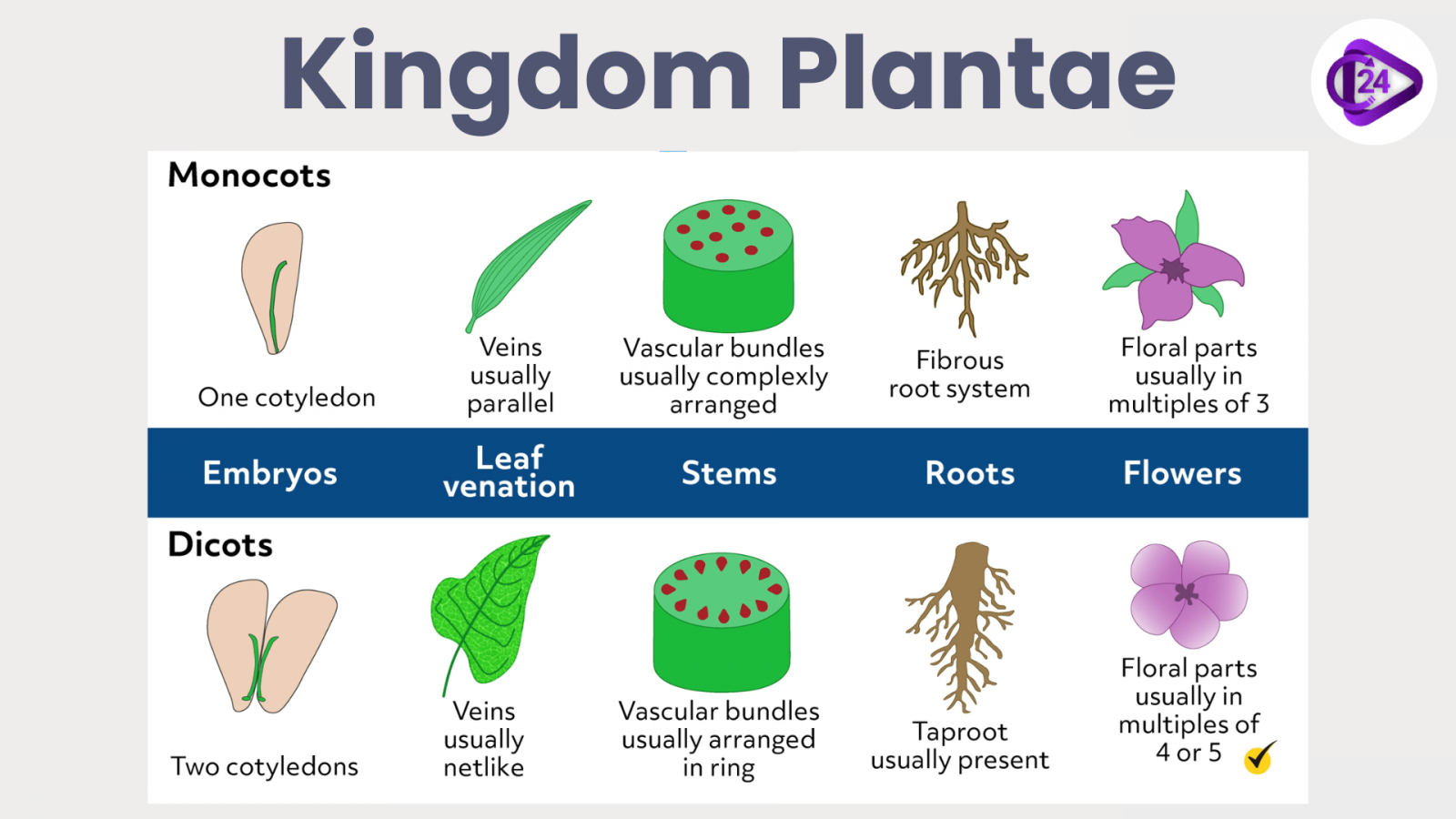
Plants are a large and varied group of organisms. There are close to 300,000 species of catalogued plants. Of these, about 260,000 are plants that produce seeds. Mosses, ferns, conifers, and flowering plants are all members of the plant kingdom. The plant kingdom contains mostly photosynthetic organisms; a few parasitic forms have lost the ability to photosynthesize. The process of photosynthesis uses chlorophyll, which is located in organelles called chloroplasts. Plants possess cell walls containing cellulose. Most plants reproduce sexually, but they also have diverse methods of asexual reproduction. Plants exhibit indeterminate growth, meaning they do not have a final body form but continue to grow body mass until they die.
Features of the kingdom Plantae
- This kingdom is composed of eukaryotic self-governing anaerobic organisms who have the ability to synthesize their own food by photosynthesis. They utilize the chlorophyll and other pigment to trap sunlight and to change it into chemical energy in the form of glucose. Cellulose is their structural and defence cell wall.
- There is great variety in the plant kingdom and the plants can be found in nearly all the terrestrial environments on earth such as the deserts, in rainforests and in poles and the tropical regions. Kingdom Plantae consist of algae, bryophytes, pteridophytes, gymnosperms, and angiosperms.
- Plants have a life cycle that is characterized by alternation of haploid (gametophyte) and diploid (sporophyte) generation. This alternate is the process of producing gametes (sperm and eggs) by the gametophyte generation and production of spores by the sporophyte generation.
5. Kingdom Animalia
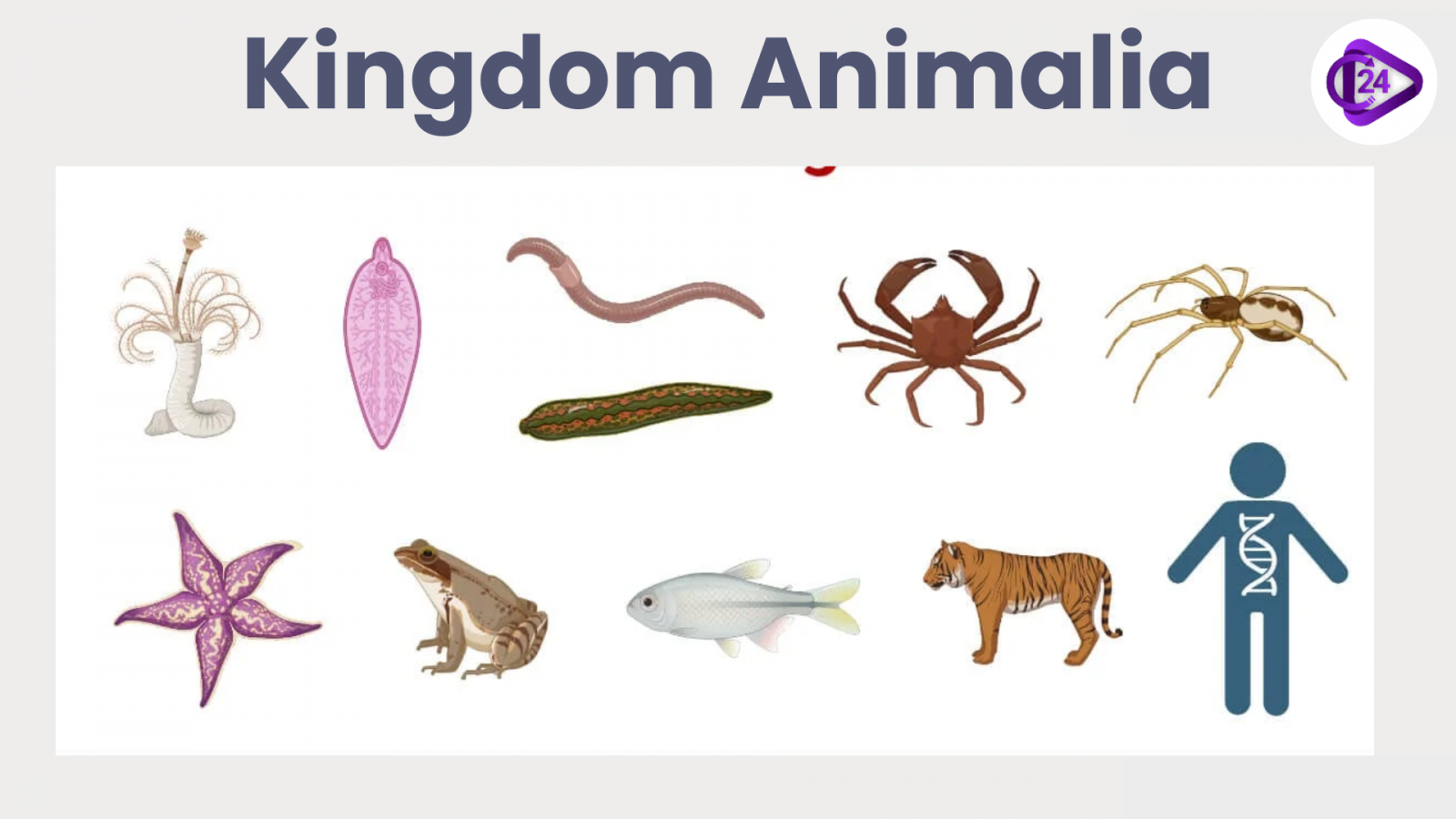
This kingdom is characterised by heterotrophic eukaryotic organisms that are multicellular and their cells lack cell walls. They directly or indirectly depend on plants for food. They digest their food in an internal cavity and store food reserves as glycogen or fat. Their mode of nutrition is holozoic – by ingestion of food.
Features of Kingdom Animalia
- All multicellular eukaryotes which are heterotrophs and lack cell wall are set aside under this kingdom.
- The animals are directly or indirectly dependent on plants for food. Their mode of nutrition is holozoic. Holozoic nutrition encompasses ingestion of food and then the use of an internal cavity for digestion of food.
- Many of the animals are adept for locomotion.
- They reproduce by sexual mode of reproduction.




